Executive Summary
As environmental concerns become even more pressing, lubricant manufacturers and end-users must reconsider previous disposal methods for used lubricants. Some recycling and re-refining programs are already in place, and other used lubricants are incinerated to use as fuel. Many readers agree that these programs need to be expanded to prevent the release of hazardous waste into the environment, and that avoiding this fate should be a major goal in the formulation of new lubricants.
Q.1 While in-service performance is the most important requirement for any lubricant, how much thought should be placed on disposal considerations?
Since recycling is very prevalent today, disposal should be lower on the scale.
During production, there is strong consideration of the wastewater and return of water to the public utility. During textile application of lubricant or processing oil, the disposal considerations are strongly considered, due to the fact that most textile working fluids are washed off/removed prior to the product being sent from the textile mill. Mills have to consider the biological and legal aspects of the oil/water they discharge. Therefore, as a producer of textile finishes, we also consider these aspects and complete chemical oxygen demand and biological oxygen demand on our products.
More than is currently given. One obstacle is the wide variation of municipal, state and national regulations regarding lubricant disposal.
Proper disposal should always be considered.
It is our responsibility to make the disposal system as environmentally friendly as possible. All effort must be exhausted to make it happen.
It’s important to know how easily the oil can be disposed of or recycled. Certain oils may be considered hazardous or have hazardous process contamination that can be costly to dispose of.
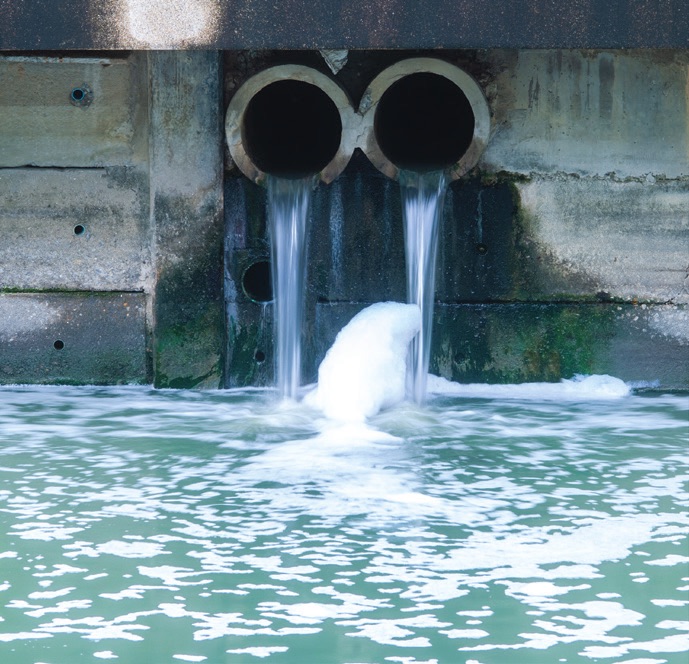
As much as possible.
It should always be considered when looking at a product or application. What is the endgame for the lubricant?
Progressively more and more as time goes on. There’s only so much room on this planet to dump waste.
Contamination and temperature of environment in use.
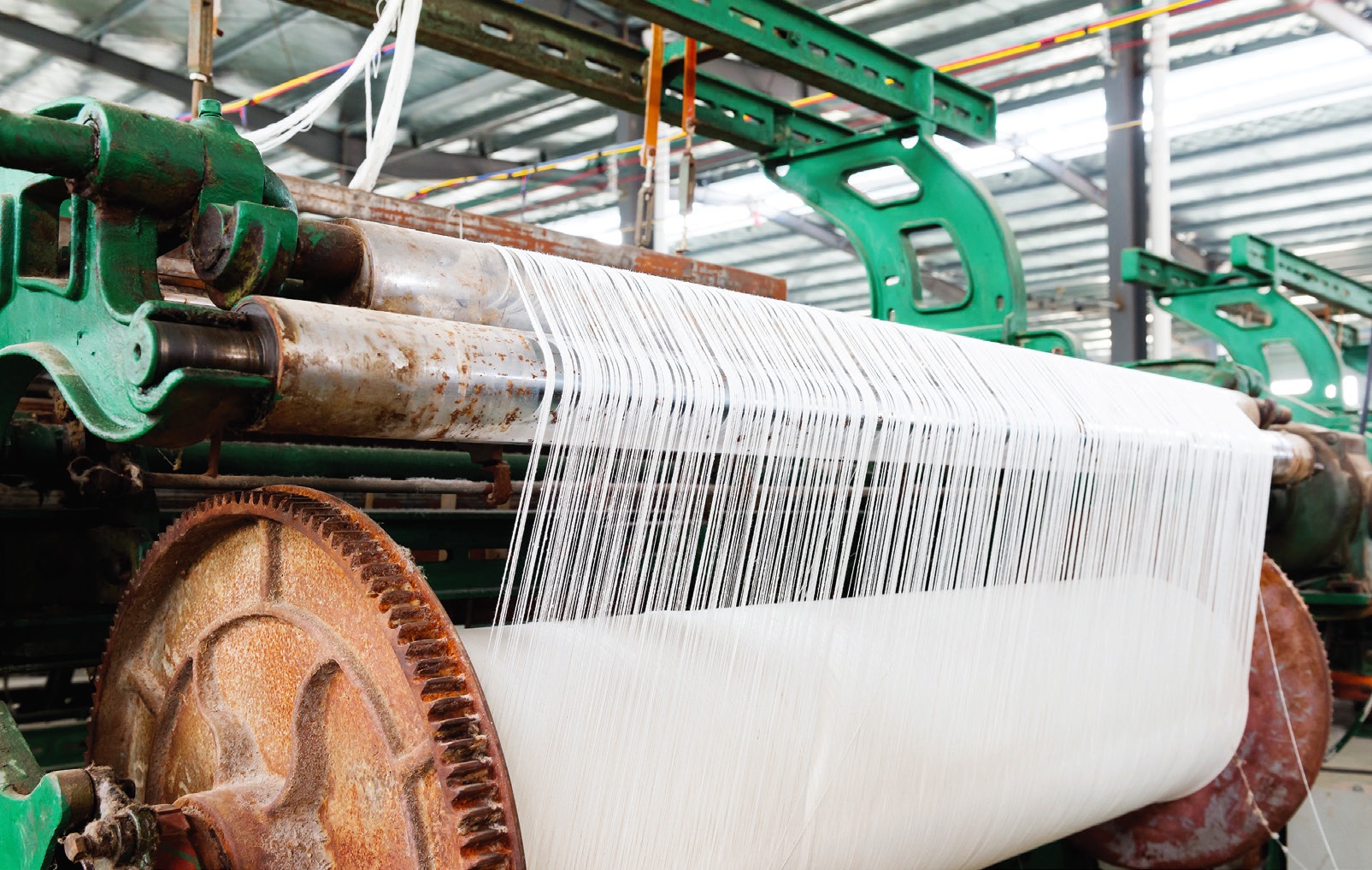
Biodegradability is one of the most important parameters for formulating most lubricants. I used esters in our formulations in order to improve the degree of biodegradability of our products.
Moderate to high.
This should be an important consideration.
The amount of thought that should be placed on disposal considerations is proportional to the potential environmental hazard that improper disposal presents.
With the new environmental considerations, the design of green lubricants will be more important in the near future. However, this should be considering the big picture of how those lubricants may cause impact in other areas while being produced.
The costs of such actions should not exceed 30% of the remaining total costs of the lubricant and its utilization.
A great deal of thought! We should think of this as much as any other performance parameter.
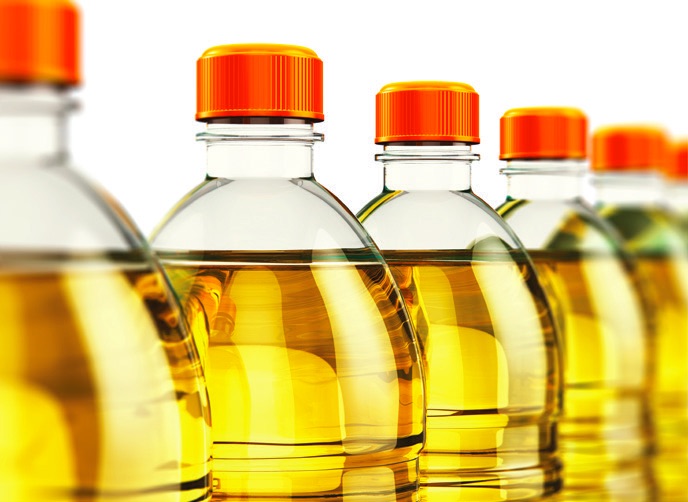
Greater consideration should be given to the fate of environmentally acceptable lubricants (EALs) at the end of their life, other than incineration. Animal fats, vegetable oils and waste oils from the food industry are the source of raw materials for biobased EALs. Currently there are few, if any, organizations that have the ability to process EALs, especially those derived from bio-based raw materials and make them part of a circular economy. This is related to the low volume of used bio based EALs versus the standard raw material sources.
Equal consideration.
In Singapore, we have specially licensed contractors and will collect the used oil and dispose as per National Environmental Agency (NEA) regulations.
As much as application and operation.
In many applications, the disposal considerations are extremely important. We should not tolerate spent lubricants being dumped on the ground or in the water, particularly in areas where farming, fishing or recreational activities occur. Biodegradable lubricants are probably okay for incidental environmental exposure with proper engineering controls to minimize leakage as much as possible.
Do you develop, use or market lubricants that are designed to be recycled?
Yes
38%
No
62%
Based on an informal poll sent to 15,000 TLT readers.
Disposal is important. The effects of burning or otherwise recycling used oils should be considered by the original equipment manufacturer (OEM) and lube suppliers.
The right disposal is the main responsibility acquired since the buying of the lubricant.
Disposal requires a lot of thought. Used oil should either be recycled or disposed of properly.

At least some consideration should be given to disposal, as it is not good if the product qualifies as hazardous waste when it becomes time for disposal.
Disposal considerations should not factor into the lubricant performance unless it is a “once-through-use” type of application.
Quite important.
There should be increased incentive to recycle used oils—not a penalty.
If all state and federal requirements on the safe disposal of lubricants are followed, everything should be sufficient.
In view of the changing legislations and the consideration for the environment, disposal should be critically examined and part of the development of new fluids.
I personally think it is important to dispose the spent lubricant properly, as some of the additives used in formulating EALs are hazardous in nature (benzotriazoles, aminic-based antioxidants, etc.). However, since an EAL typically contains only very small concentrations of these harmful chemicals compared to the conventional mineral-based lubricants, most of the lubricant manufacturers are not putting the emphasis on recycling the fluids.
It should already be an important part of new development concepts to think about the lubricant fate after usage.
Disposal of lubricants should be through proper channels following authority guidelines, while an environmentally friendly lubricant with high biodegradability is encouraged for use at environment sensitive applications with possible leakage/total loss lubricant application.
If it is not biodegradable, it should not contain any toxins and be easily re-refined. Bioaccumulation should always be considered.
Service life means cradle to grave. Disposal considerations are of major importance and should be considered during the lube formulation phase.
Disposal considerations should be at least as important as in-service performance.
Some thought of course. Used oil gets picked up and used for something worthwhile.
In your opinion, what percentage of the lubricants are recycled after their useful life?
Virtually none
6%
Less than 10%
42%
10%-20%
20%
More than 20%
32%
Based on an informal poll sent to 15,000 TLT readers.
Disposal of used oil should always be carried out in the most responsible and environmentally manner possible.
Equally very high consideration must be placed on the disposal as much as the performance of the lubricant in service to ensure green environment sustainability.
I think that at least 80% of the used oil could be reutilized in something else: re-refining, distillated, fueled, etc.
A lot of thought should be placed on it, but so much leaks and isn’t controlled. Disposal is a huge cost that never gets entered into the total cost of ownership for a fluid’s life cycle.
Q.2 Please provide an example of a creative reuse scenario for spent lubricants.
In the case of used biobased products, collecting and refining into green diesel is a good option.

Used as fuel.
Cutting oil in some equipment that utilizes them (after simple filtration).
Use of the oil in fuel oil heaters, or as fuel for a fire-driven production process, such as kilns.
Spent lubricants can be reused for burner fuel to heat shops or other means or heating. They could also be filtered and reused for heat transfer systems if low-zero oxidation is present. Most lubricants are changed because of contamination and not due to break down. I was successful in changing used oil to fuel (gas oil).
Re-refining, fuel oil.
Most lubricants are changed long before they need to be. I use the lubricants taken from my car in my ride-on mower and push mowers for their annual oil changes. I have been using the same equipment for more than 30 years now.
Re-refining.
Solid lubricants are probably more likely to be reused.
For impregnation of construction wood, as an energy source in the combustion process, the cleaned lubricant can be used to lubricate less demanding/less important equipment.
Used oil was mixed in low percentage with asphalt to make driveways and roads. Oil was used in 5% ratio with heavy fuel oil (HFO) for boiler fuel.
Waste grease can be collected and applied to the bed of a dry dock, which, when a ship is parked in the dry dock for repair, the grease prevents the hull of the ship rusting and bonding with the dry dock bed.
Re-refining and chemical recycling are good examples, but I’m not sure they can be considered creative.
Industrial suppliers should be required to take used fluids. Perhaps a deposit-type system could be enforced to encourage fluids not to be wasted.
Only as an alternative fuel.
Consumers of large volumes of a single type of oil should partner with their suppliers to see how the used oil can be reclaimed.
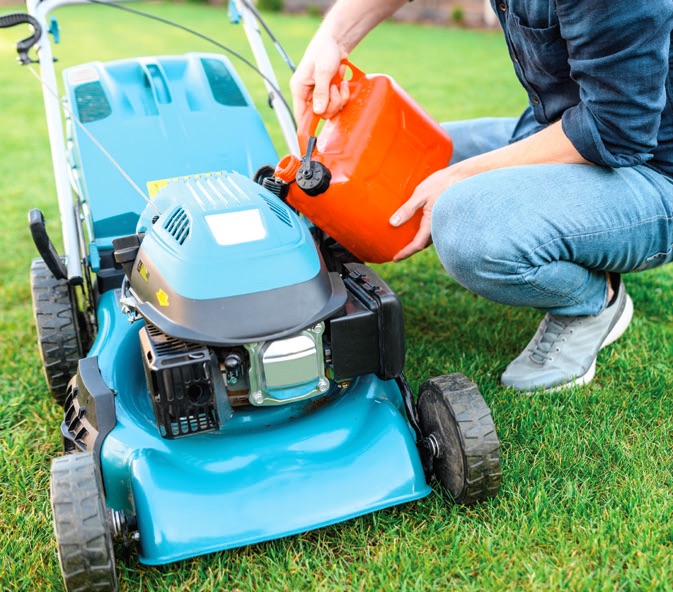
A creative use might be chain lubrication.
Converting liquid lubricants into aircraft fuels.
Reclamation.
What is the most likely fate of spent lubricants?
Re-refining
30%
Incineration/fuel
67%
Chemical recycling
11%
Biodegradation/composting
8%
Landfill
16%
Release into the environment
23%
Based on an informal poll sent to 15,000 TLT readers. Total exceeds 100% because respondents were allowed to choose more than one answer.
To make it as diesel oil.
Waste oil can be a heating fuel in the northern Canada communities. It’s cost effective to burn the waste oil instead of hauling it six to 10 hours on a transport truck to recycle. It’s an added cost to dispose of the waste oil in areas that are only minutes from recycling facilities. It has its pros and cons, depending on the economics related to geographical areas.
Re-refining or chemical recycling.
Used lubricants can be sold to asphalt companies to be used to make asphalt or burned to maintain the temperature that is needed while paving.
Re-enabling lubricants.
Re-refinement, even if there are some concerns, because of the remains of additive packages and aromatic content.

I’ve heard of re-refining the spent lubricants and repacking into lubricant for applications with less stringent requirements.
Our test oils are processed by a specialist company.
I see them used as deck chain lubricants in sawmills.
Add directly to crude oil to be refined into finished fuels and base oils.
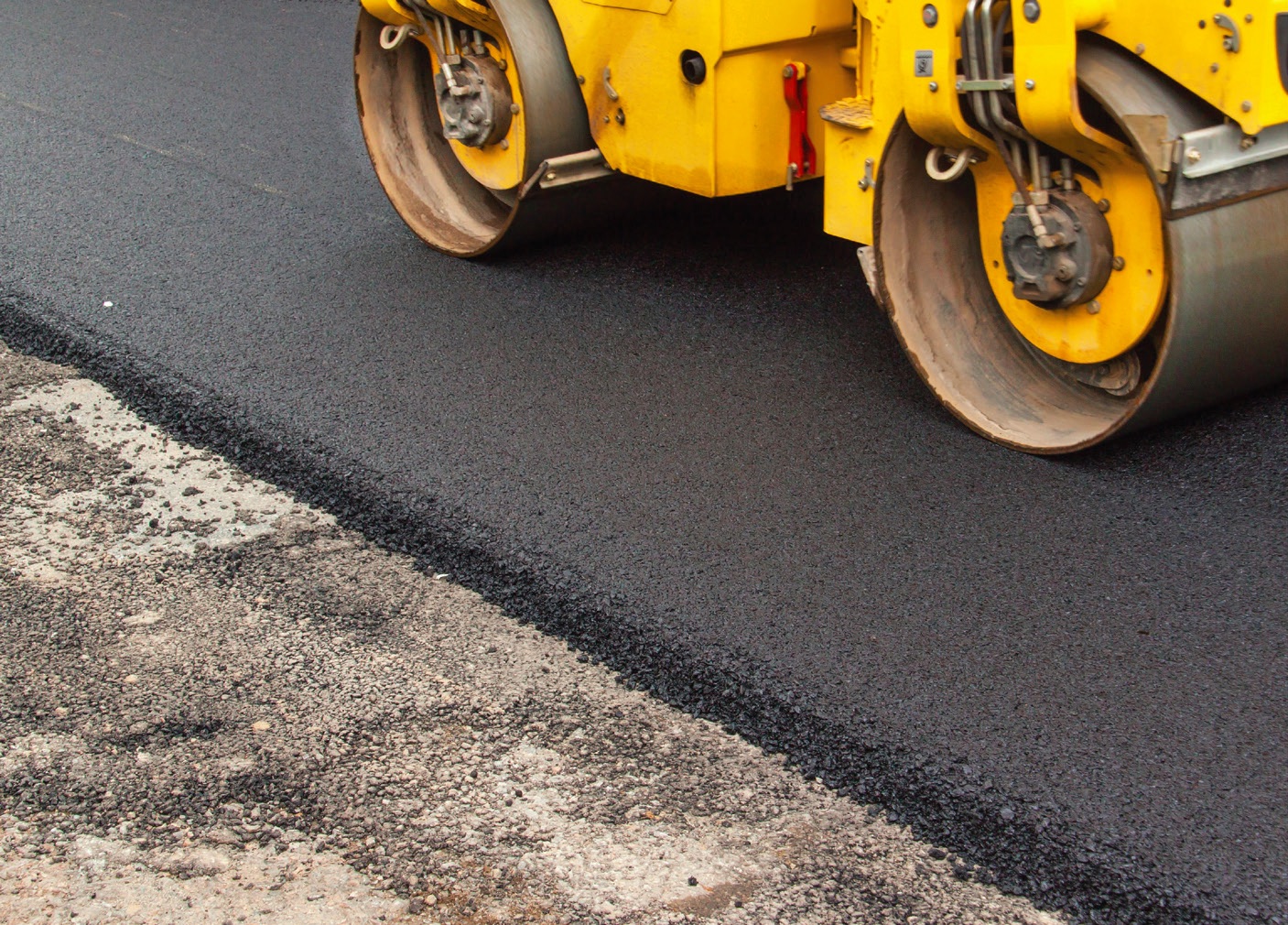
Spent lubes can be recycled and potentially reused.
On the farm, we kept old lubricants for fire starter, and some people recycled in heating systems as fuel.
Burning it in a waste oil heater to heat shop.
After removing contaminants, used lubes can be used as mould oil, industrial burner oil or used to weatherize wood when mixed with creosote and used as a fence stain.
1.) Re-refining into base oil and marine diesel oil, 2.) reprocessing and blending into fuel oil and 3.) reprocessing and blending into other petroleum products to replace crude oil feedstock in the petroleum refining process.
Customers will use used oil in shop heaters.
I’m pretty sure that some used lubricants could be re-refined to obtain new lubricants. Also, some could be distillated again to obtain alternative fuels in power generation facilities.
Editor’s Note: Sounding Board is based on an informal poll sent to 15,000 TLT readers. Views expressed are those of the respondents and do not reflect the opinions of the Society of Tribologists and Lubrication Engineers. STLE does not vouch for the technical accuracy of opinions expressed in Sounding Board, nor does inclusion of a comment represent an endorsement of the technology by STLE.